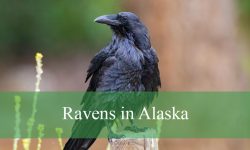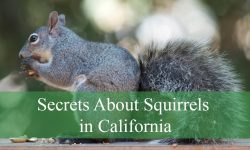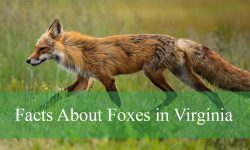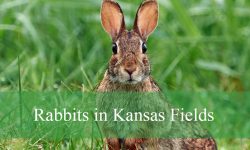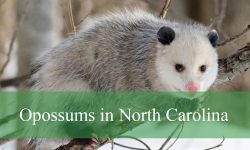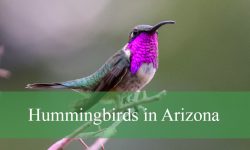Deer are among the most graceful and captivating animals in the wild, admired for their elegance and peaceful behavior. When you encounter these creatures in forests or grasslands, you may notice that they often move together in groups. But have you ever wondered what a group of deer is called? Understanding the terminology not only enhances your knowledge of wildlife but also gives you insight into the fascinating social behavior of these animals.
This article will explore what a group of deer is called, the origins of this term, the behavior of deer in groups, and some fun facts you probably didn’t know.
What Is a Group of Deer Called?
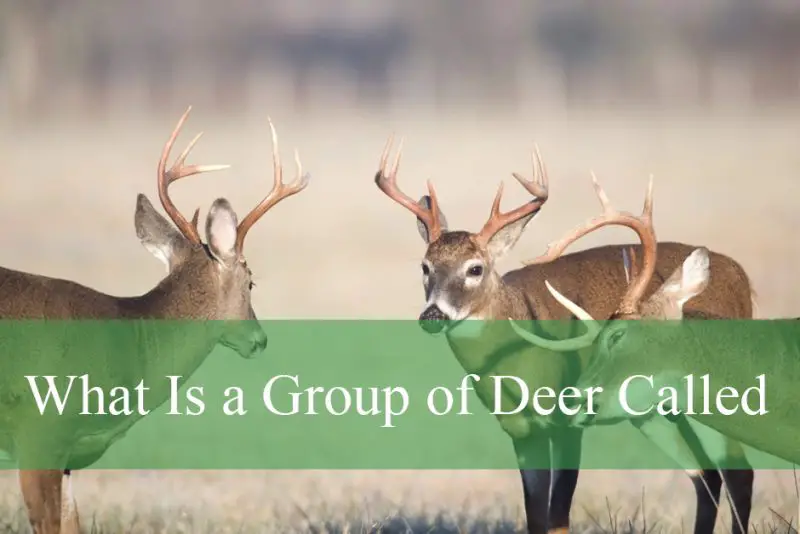
A group of deer is commonly called a “herd.” This term has been used for centuries to describe a collective of deer moving or living together. The word “herd” refers to a large number of animals of the same species that stay together for safety, feeding, or migration. Deer form herds primarily for survival purposes, as staying in groups reduces the risk of being attacked by predators.
Interestingly, there are other lesser-known terms used to describe a group of deer. Words such as “mob,” “parcel,” and “rangale” have appeared in historical texts and old hunting guides. However, “herd” remains the most widely used and accepted term, especially in modern English. While hunters or wildlife enthusiasts may occasionally use the rarer terms, most people recognize deer groups simply as herds.
The size of a deer herd can vary significantly depending on the species, habitat, and season. Some herds may consist of just a few individuals, while others may gather in larger numbers during migration or breeding seasons. These gatherings are not random; they serve essential purposes for the animals’ survival and reproduction.
Why Do Deer Form Herds?
The primary reason deer form herds is safety. Deer are prey animals, and staying in groups helps protect them from predators. When in a herd, multiple individuals can stay alert, taking turns scanning their surroundings for danger. This collective vigilance increases the chances of detecting predators early, allowing the herd to escape quickly.
Another important reason is social interaction. Deer are social animals, and they thrive in groups where they can establish social bonds. Female deer, known as does, often stay with their offspring and other females, forming stable herds. These family groups offer better protection for fawns, ensuring they grow safely during their vulnerable early months.
Food availability also influences herd formation. Deer often gather in areas where food sources are abundant, especially during colder months when resources become scarce. By moving together, they can find better grazing opportunities while still benefiting from group protection. Seasonal changes also play a role, as some deer species migrate in herds to find more suitable habitats for feeding or breeding.
The Social Structure of Deer Herds
The social structure of deer herds is fascinating and varies among species. In many cases, herds are divided based on gender and age. Female deer and their fawns typically form stable herds, while adult males, known as bucks or stags, often live separately, joining the groups only during mating seasons.
During the rutting season, male deer become more social, competing for the attention of females. Bucks may temporarily join female herds, and their presence can disrupt the usual peaceful interactions. These interactions often involve displays of dominance, such as antler wrestling or vocalizations, to establish mating rights.
Once the mating season ends, males usually leave the group and return to their solitary or bachelor herds. These male-only groups are less stable and more loosely organized compared to the family herds of females and young deer. Understanding this social structure helps explain why you may see different types of deer groups depending on the time of year.
Do All Deer Species Live in Herds?
Not all deer species live in large herds throughout the year. Some species are more solitary by nature, while others form only small family groups. For example, white-tailed deer often form family-based herds, whereas mule deer are known to gather in larger groups, especially during winter. Reindeer and caribou are famous for forming massive migratory herds that can number in the thousands.
Seasonal changes and environmental factors heavily influence herd behavior. In regions with harsh winters, deer are more likely to form larger groups to conserve energy and stay warm. In contrast, in areas with abundant resources and fewer predators, deer may be seen alone or in smaller family groups.
Species differences also affect herd behavior. Some tropical deer species, such as the sambar or muntjac, tend to be more solitary, while species adapted to open grasslands, such as fallow deer, are more likely to stay in larger herds for protection.
Communication Within Deer Herds
Deer are highly communicative animals, and living in herds requires them to exchange signals frequently. They use a combination of vocal sounds, body language, and even scent to communicate with each other. A flick of the tail, a stomp of the hoof, or a raised head can warn other deer about potential danger.
Fawns often communicate with their mothers through soft bleats, while adults may grunt or snort to alert the herd to predators. Bucks during the rut use vocalizations to challenge rivals and attract females. Scent marking is also essential in deer communication, as individuals use glands to leave chemical signals on trees or the ground, helping mark territory or indicate reproductive status.
This constant communication keeps the herd coordinated, ensuring that they can move together efficiently and respond quickly to threats. Without such communication, herds would be far more vulnerable to predators.
The Benefits of Staying in a Herd
Being part of a herd provides multiple benefits beyond predator protection. Deer in herds can share knowledge about food sources and safe paths, which is particularly important for younger or inexperienced individuals. Experienced does often lead the herd to areas with the best feeding opportunities.
Living in groups also improves mating success. Bucks have easier access to multiple females during the rut when they join large herds. For does, being in a herd provides protection for fawns, increasing their chances of survival.
Additionally, being in a herd helps with thermoregulation in colder climates. By staying close together, deer can conserve body heat, which is crucial for survival in freezing temperatures. This cooperative behavior reflects how well-adapted deer are to group living.
Fun Facts About Deer Herds
One fascinating fact about deer herds is that leadership often falls to the most experienced female, not the strongest male. Older does typically lead the herd because of their knowledge of feeding grounds and safe routes. This matriarchal structure is essential for the survival of the group.
Another interesting fact is that deer herds have a strict social hierarchy. Dominant individuals often feed first or choose the best resting spots, while younger or weaker deer stay at the edges of the group. This hierarchy helps maintain order within the herd, reducing conflicts and ensuring stability.
Deer herds also have unique ways of responding to threats. When one deer senses danger, it may raise its tail to show the white underside—a signal for others to flee. This collective escape response, often called “stotting” or “pronking,” confuses predators and increases the herd’s chances of survival.
Some deer species even migrate in herds across long distances. Caribou are famous for their impressive migrations, traveling hundreds of miles in search of better feeding grounds. These migrations are one of nature’s most spectacular wildlife events, showing the importance of herd behavior for survival.
Deer Herds and Seasonal Behavior
Seasonal changes significantly impact deer herd behavior. In spring and summer, when food is plentiful, deer often spread out into smaller groups or live more solitary lives. Females focus on raising their fawns during these months, keeping to safer, denser vegetation for protection.
As autumn approaches and the rutting season begins, deer gather into larger groups. Bucks become more active, roaming widely to find receptive females. This is when herds become more dynamic, with frequent interactions between males and females.
In winter, deer often form larger herds, especially in colder regions. Group living during winter helps them conserve energy and share knowledge about scarce food sources. This seasonal shift in herd behavior demonstrates how adaptable deer are to environmental changes.
Why Knowing the Term Matters
Understanding what a group of deer is called is more than just learning a fun fact. It reflects a deeper appreciation of deer behavior and social structure. Using the correct terminology, such as “herd,” helps you describe wildlife accurately, whether you are a nature enthusiast, photographer, or simply someone who enjoys observing animals.
It also highlights the importance of conservation. Knowing that deer rely on herds for survival underscores why preserving their natural habitats is crucial. Habitat destruction and human interference can disrupt these social structures, affecting the animals’ well-being and reproduction.
FAQs About What Is a Group of Deer Called
What is the proper term for a group of deer?
The most common and proper term for a group of deer is “herd.” This word is widely accepted in modern English to describe multiple deer moving or living together. Other rare terms like “mob,” “parcel,” or “rangale” exist but are not commonly used.
Do all deer species form herds?
Not all deer species form herds year-round. Some, like white-tailed deer, create family-based herds, while species such as caribou form massive migratory herds. Others, such as sambar deer, may live more solitary lives depending on habitat and food availability.
Why do deer live in herds?
Deer live in herds primarily for protection against predators. Group living allows them to share vigilance, find better food sources, and protect young fawns. Seasonal changes, such as winter scarcity, also encourage larger herd formations.
Who leads a deer herd?
In most cases, the leader of a deer herd is the most experienced female, known as a doe. She guides the herd to safe feeding areas and plays a key role in protecting young fawns.
Do male deer stay in herds all year?
Male deer, or bucks, do not stay in female herds all year. They usually live alone or in bachelor groups and only join female herds during the mating season, known as the rut.
Conclusion
So, what is a group of deer called? The simple answer is that it is most commonly called a herd, though you may occasionally hear terms like “mob,” “parcel,” or “rangale.” Beyond the name, deer herds are remarkable examples of social organization in the wild. These groups provide safety, improve feeding efficiency, and help young deer survive in challenging environments.
Deer herds are more than just a collective of animals; they represent a sophisticated system of communication, leadership, and cooperation. From matriarchal leadership to seasonal migrations, deer herds showcase the beauty of nature’s design. The next time you see a group of deer grazing in a field or moving through a forest, you’ll not only know what to call them but also appreciate the fascinating behavior behind their graceful movements.

